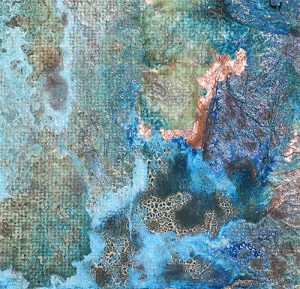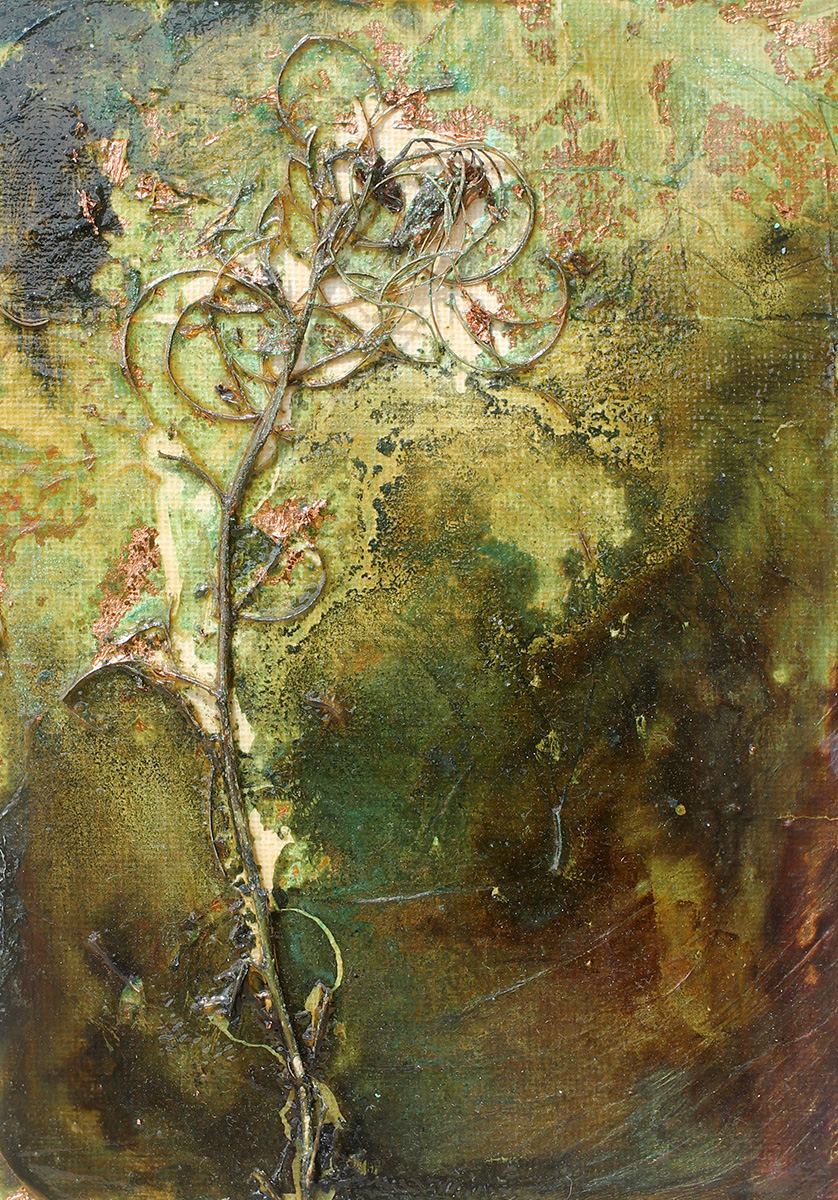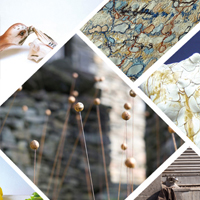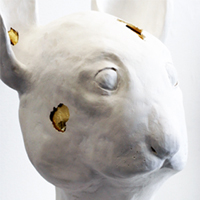
Finishing the work
This has been one of the biggest challenges I’ve encountered in developing this unique painting technique. When I started thinking about finishing my aim was to create a protective layer over the copper to protect it from damage or tarnish. However, one of the chemical mixtures changes the colour of the copper whilst also turning it into a powder and this proved highly problematic. I tried various varnishes and resins that brushed on, poured on and even sprayed on but none of them worked. They protected the copper wonderfully and created a beautiful shiny finish, but the varnishes and resins all mixed with the powdery reaction and changed its colour. That wouldn’t do.
Eventually I decided to try a pastel fixative, and having read a bunch of reviews went for Winsor & Newton’s professional fixative. Boy, oh boy would I recommend it! It has worked brilliantly! This spray fixes the powdery reaction to the canvas, making it less likely to brush off, without changing its colour at all.



